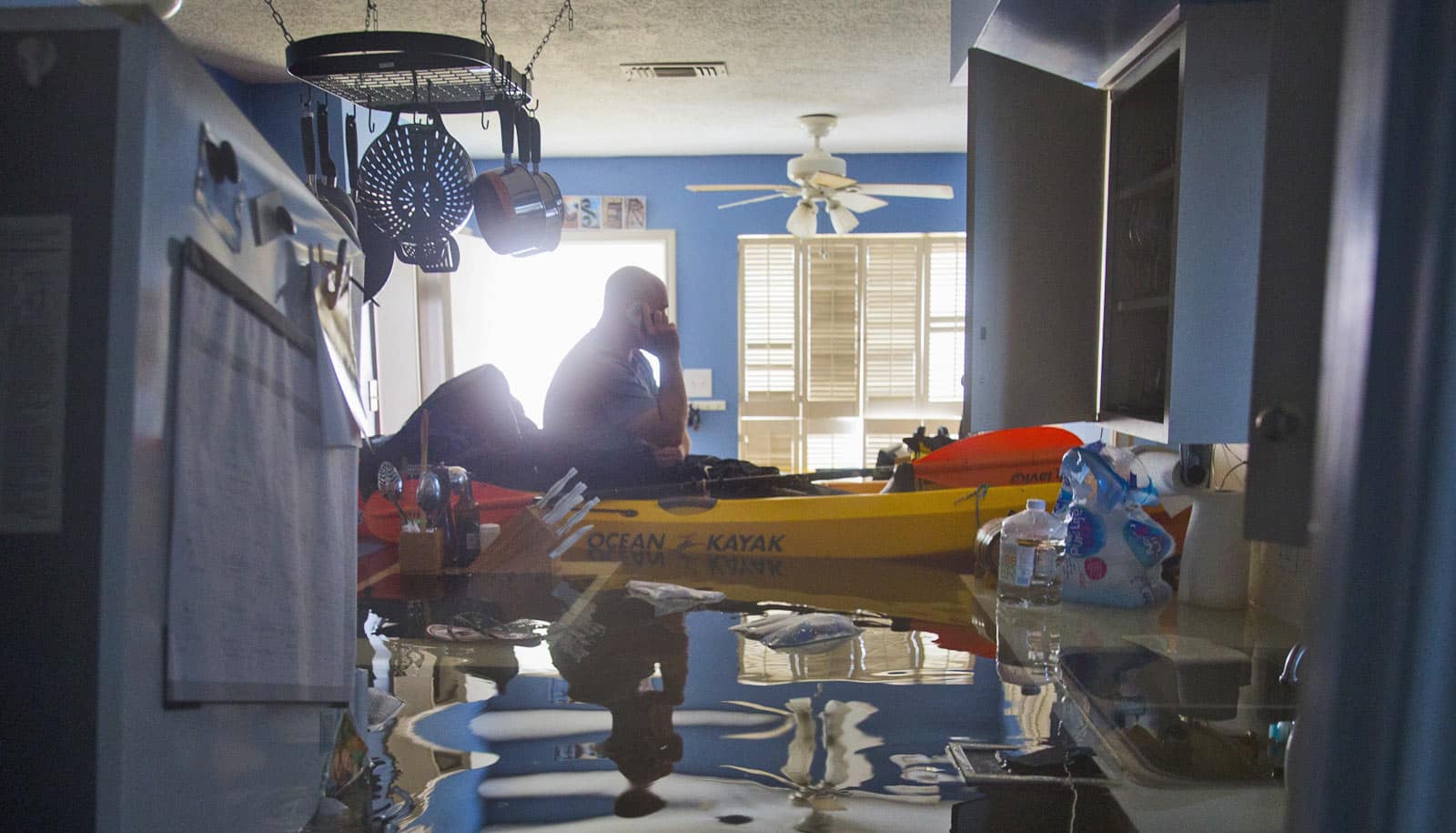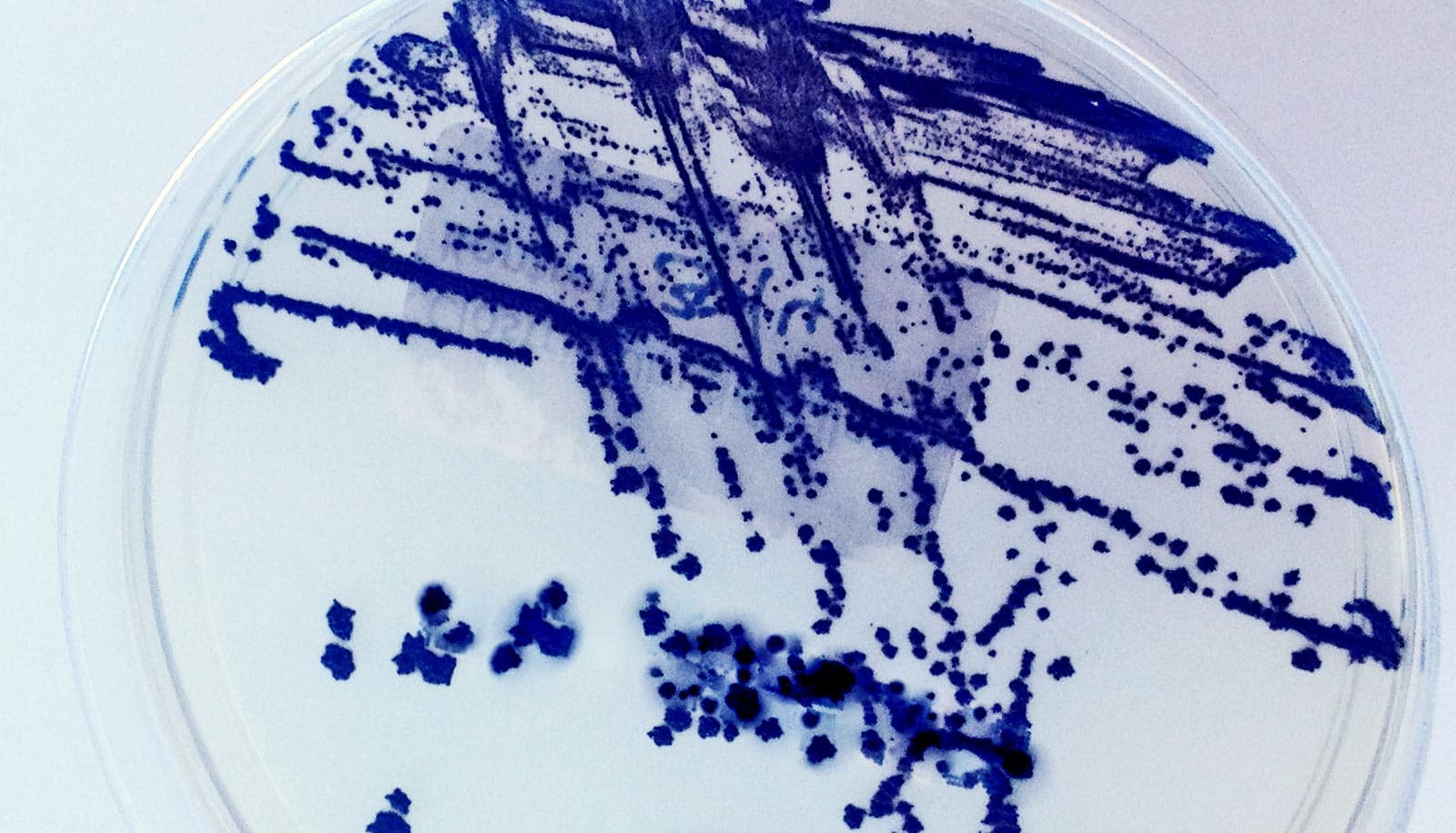The first results of extensive water sampling in Houston after Hurricane Harvey caused epic flooding show widespread contamination by E. coli, report researchers.
The microbial survey showed high levels of E. coli, a fecal indicator organism, trapped in homes that still contained stagnant water weeks after the storm, as well as high levels of key genes that indicate antibiotic resistance.
“If you’re exposed to one of those, that’s when you see infections that are really hard to treat.”
The contamination was likely the result of overflow from flooded wastewater treatment plants, researchers say.
Environmental engineers and their students were on the front lines, even before Harvey subsided, to take samples from floodwaters near the overflowing Brays and Buffalo bayous, in public spaces, and inside and outside residential homes to compare their microbial content.
Samples of stagnant water were taken from homes that had been closed off for more than a week, while others came from homes that had floodwater flowing through them.
Early samples from each location carried elevated levels of E. coli. But most striking was the fact that sampled water and, later, sediment showed abundant levels of two indicator genes, sul1 and intI1, that mark the presence of antibiotic-resistant bacteria, even weeks after the flood.
In particular, samples from floodwaters inside closed homes showed concentrations of sul1 were 250 times greater and intI1 60 times greater in than in bayou samples.
“Sul1 is a gene that confers resistance to sulfonamide antibiotics,” says Lauren Stadler, an assistant professor of civil and environmental engineering at Rice University. “IntI1 is not an antibiotic-resistant gene, but an integron–integrase gene that encodes for a system of gene capture and dissemination and can lead to the spread of antibiotic-resistant genes among bacteria. A lot of antibiotic-resistant genes are on or associated with mobile genetic elements like plasmids that can be shared among bacteria.
“We target intI1 because integrons are often found on mobile genetic elements and indicative of the genetic mobility of a gene,” she says. “They are also often associated with antibiotic resistance, and the abundance of these genes gives us a sense of the potential for horizontal gene transfer among bacteria.
Climate change made Harvey’s rainfall more intense
“That matters because while we see these genes in environmental bacteria all the time, we really worry when pathogenic bacteria acquire resistant genes from environmental bacteria,” Stadler says. “That’s when there’s an issue—when there’s an antibiotic-resistant pathogen. If you’re exposed to one of those, that’s when you see infections that are really hard to treat.”
The immediate takeaway from the study, she says, is that people should take extra care to avoid direct contact with stagnant floodwaters, especially in flooded homes with niches for pathogens to grow.
“Wear protective gear, and don’t go in at all if you’re immunocompromised or have open wounds.”
Climate change made Harvey’s rainfall more intense
Stadler’s research group is using the experience of Harvey to advance development of tools to measure horizontal gene transfer as it takes place in the environment. The findings appear in Environmental Science & Technology Letters.
A pair of National Science Foundation RAPID grants helped the team collect and analyze samples. Additional coauthors are from Rice and Virginia Tech.
Source: Rice University



